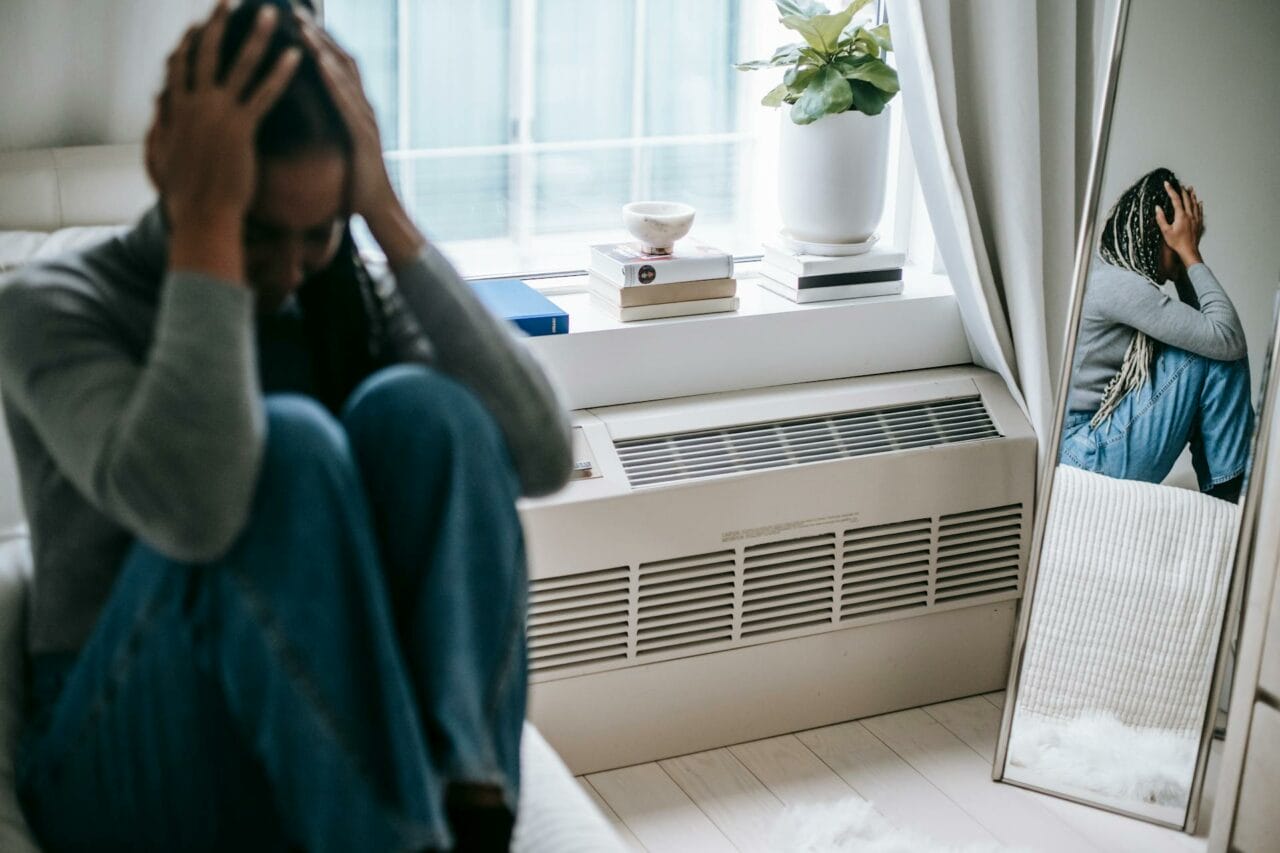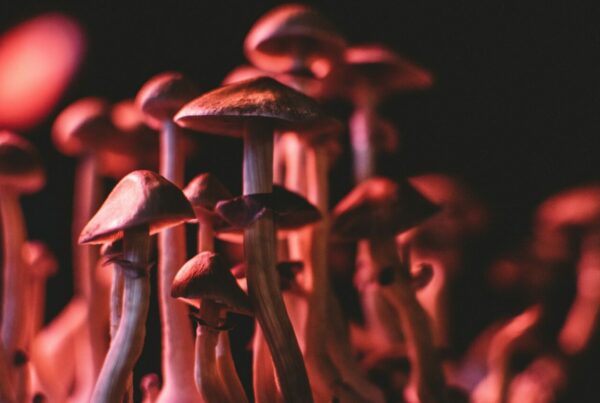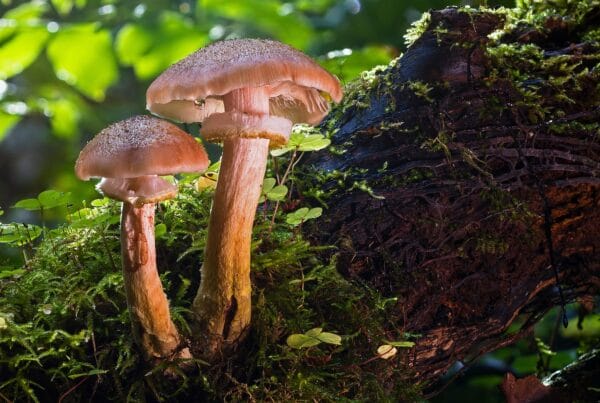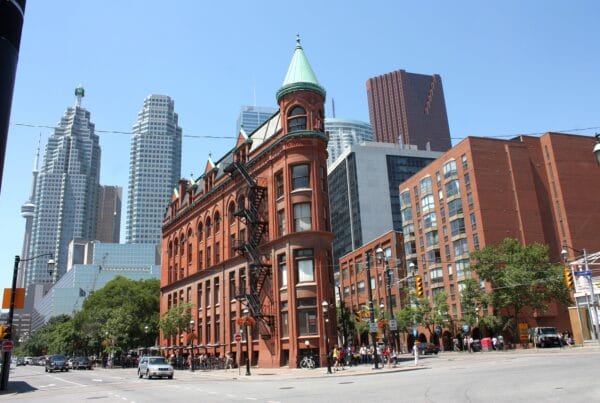The conventional methods of anxiety treatment often involve medication and therapy. However, these methods may not be suitable for everyone due to the possibility of side effects. This has led to a growing interest in alternative approaches such as psychedelic therapy, which employs substances like “magic mushrooms Montreal” amongst others.
We are your premier destination for buying psychedelics online in Canada. Our services are quick, secure, and discreet.
[toc]Key Takeaways:
- Psychedelic therapy combines the therapeutic effects of psychedelic substances with traditional talk therapy to enhance the healing process.
- Psychedelic therapy may improve emotional well-being and overall life quality through spiritual exploration.
- The integration process, a crucial component of psychedelic therapy, is aimed at ensuring the long-term efficacy of the therapeutic session.
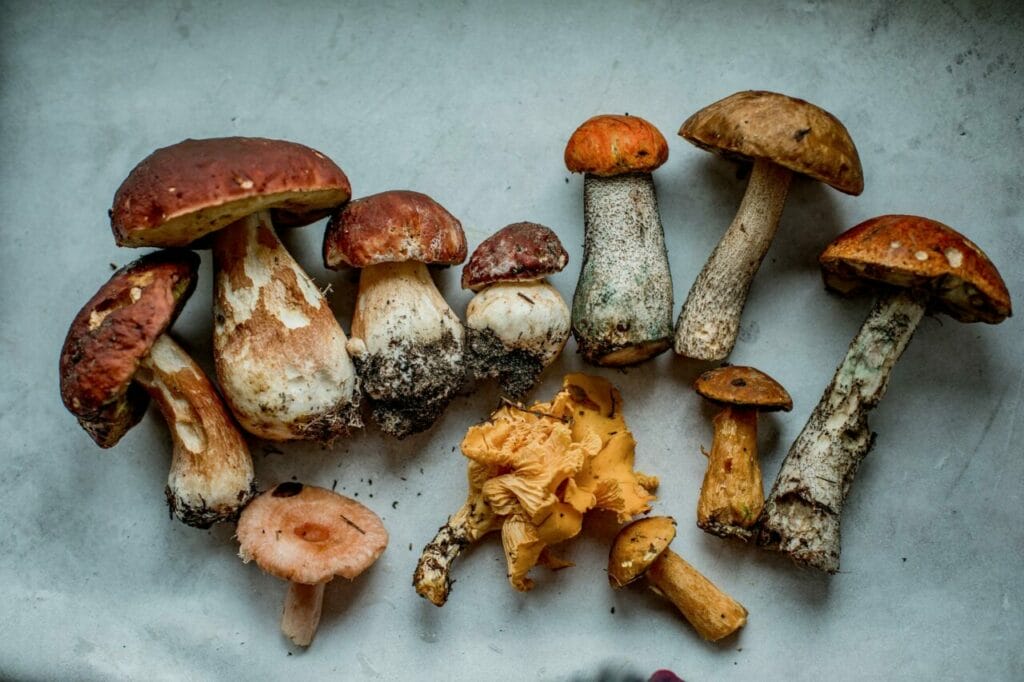
Statistics on Anxiety Disorders in Canada
The 2022 Mental Health and Access to Care Survey data suggest a concerning increase in the prevalence of anxiety disorders in Canada. The proportion of Canadians aged 15 and above diagnosed with generalized anxiety disorder in the year preceding the survey has risen from 2.6% in 2012 to 5.2% in 2022.
Contrasting Conventional Treatment and Psychedelic Therapy
Standard treatments for anxiety disorders typically combine psychotherapy and medication. Psychotherapy, also referred to as psychological counselling, is a collaborative process between the therapist and patient aimed at alleviating anxiety symptoms.
On the other hand, anxiety medications mitigate symptoms by tailoring treatment to the specific type of anxiety disorder and considering any concurrent mental or physical health conditions. While treatments may differ based on individual needs, psychotherapy and medication remain the primary strategies.
In psychedelic therapy, the sessions are unique as they include one or two doses of a psychedelic substance, in addition to other therapeutic techniques:
Psychedelic Therapy Explored
Psychedelic therapy is a therapeutic technique that harnesses the power of psychedelic substances to bolster the healing process. These substances, known for their hallucinogenic properties, have been integral components of holistic medicine and spiritual rituals across different cultures for millennia.
The two primary substances employed in these therapeutic sessions are Lysergic acid diethylamide (LSD) and psilocybin. LSD triggers shifts in mood, perception, and consciousness. Psilocybin is the active ingredient in magic mushrooms, according to the Health Canada website. Consuming these mushrooms can incite sensory perceptions like visual, auditory, or tactile hallucinations.
Psilocybin Dosage for Three Sessions
In psychedelic therapy, professionals assess patients to determine the appropriate psilocybin dosage for their sessions. The dosage varies, with some patients beginning with moderate amounts, while others can manage larger quantities. The therapy usually entails one to three drug sessions, each lasting between six to eight hours and spaced out over several weeks. This method differs from traditional medication protocols that require daily intake until a healthcare provider advises otherwise.
Embracing Spiritual and Transformational Experiences
Unlike anxiety medications designed to manage symptoms, psychedelic therapy can induce transformative visions or feelings of divine connection, aiming to tackle the root causes of the condition. This kind of therapy can significantly impact emotional health and overall life quality.
The immersive experiences may lead to profound realizations, heightened self-awareness, and enhanced emotional processing. These outcomes can stimulate personal growth, inspire positive behavioural changes, and enhance overall mental health.
Impacts
| Heightened Consciousness | Altered states of consciousness provide a new outlook on the world. | The enhanced awareness typically results in: Deep realizationsEpiphaniesImproved self-understanding and environmental comprehension |
| Emotional Healing | Facilitates emotional healing by offering the chance to face and process unresolved trauma, grief, or emotional distress. | This process assists in:Unearthing deeply hidden emotionsReleasing emotional blockagesPromoting emotional health |
| Increased Self-Awareness | Enhances connectivity among sensory brain regions while decreasing connectivity within the default mode network. This network integrates brain regions that are involved in self-focused thought processes and the subjective perception of oneself.” | The functions of these regions include: Transforming negative thought patterns, beliefs, and habitual behaviours. Empowering users to gain profound insights into their real selves, motivations, and interpersonal interactions. |
Somatic Therapy
Somatic therapy is not usually linked with psychedelic therapy, but it’s increasingly recognized for its potential benefits. This approach focuses on the connection between the mind and body, based on the idea that past traumas can result in trapped sensations within the body. Somatic therapists help individuals identify these bodily sensations and use therapeutic methods to alleviate this tension.
Integration
Integration provides a platform for clients to achieve clarity, gain perspective, and derive wisdom from their psychedelic experiences. The transformative journey occurs during integration sessions with the therapist and through the client’s proactive steps outside of psychedelic explorations. Integration enhances the transformative impact of psychedelics by actively engaging with surfaced insights and emotional revelations.
Types of Integration
- Journaling. Recording experiences helps individuals solidify memories for easier future recall. It also enables clients to examine their experiences from various perspectives to reveal different interpretations, meanings, and connections.
- Art. This presents an efficient way to capture intricate feelings and emotions from a psychedelic journey in a creative and visually expressive format.
- Practicing Nature-based Approaches. These can be as simple as mindful walks in the forest or seeking tranquility next to a calm body of water. Therapists can help clients recognize the intricate patterns within nature or suggest using natural elements like plants, stones, water, and candles as grounding tools.
- Engaging in Integration Groups. Group sessions with individuals undergoing similar experiences provide a significant opportunity for reflection, support, and connection. The ability of psychedelic therapy to foster a sense of interdependence and shared understanding beyond individual boundaries is central to its approach.
The Role of These Techniques in Treating Anxiety
The fundamental pharmacological principle behind all psychedelics is their ability to act as agonists, or stimulators, of serotonin (5-HT) 2A receptors.
A significant area of study in psychedelic research is the influence of these substances on the brain’s default mode network. This network is notably related to repetitive thoughts and has been connected to conditions like depression and anxiety disorders. Treatment can significantly reduce anxiety, with the effects lasting up to 12 months after the treatment.
After a psilocybin session, which often includes profound spiritual experiences, the patient participates in a discussion with their therapist. In these conversational therapy sessions, skilled healthcare professionals strive to listen attentively to the patient. They also employ specific methods and strategies to enhance the positive effects of the treatment.
All these methods collectively assist individuals with anxiety to attain long-term relief in fewer sessions compared to conventional treatments.
Transform Your World, One Session at a Time
Many people rely on traditional treatments for anxiety, but they are not always effective or satisfying for everyone. Psychedelic therapy offers an alternative, using unique approaches that can trigger transformative experiences. These methods work together to deliver deep, lasting results—sometimes for up to a year after only one to three sessions.
Apart from improving mental health, this therapy could also offer significant cost savings for patients. Ready to discover a new path to wellbeing? Explore the potential of psychedelic therapy with Magic Mushies Canada.
Frequently Asked Questions
Is there a specific type of magic mushroom used for psychedelic therapy?
In studies of psychedelic-assisted therapy, it is often overlooked to specify the type of mushroom used. Psilocybe cubensis is typically the mushroom of choice.
Online magic mushroom dispensaries offer a variety of strains to suit different tastes. You have the freedom to choose any strain to experience the therapeutic benefits of psychedelics. However, be cautious and choose a reliable vendor to avoid obtaining unsafe magic mushrooms from dishonest sources.
How long does psychedelic therapy last?
The duration of psychedelic therapy can vary as it includes several stages. A single session where the psychedelic is ingested lasts from 4 to 8 hours. The entire therapy process, which includes preparation, the session, and follow-up discussions, can span from a few weeks to several months.
Regarding long-lasting effects, people report improvements in their mental health for several months or even up to a year after a After only a year or even just a few sessions.
Several sessions are provided.
Does the therapist guide the patient on their spiritual journey?
In this stage, experts like therapists or other staff members may steer the patient. Studies suggest that Spiritual Health Practitioners (SHPs) contribute unique and priceless insights to improve participants’ well-being and facilitate their advancement throughout their spiritual journey. Some people engage the services of an SHP, while others rely on the accessible therapist or specialist.
Is the concept of “set and setting” integrated into the process of psychedelic therapy?
Yes, both the individual’s mindset (set) and the physical surroundings (setting) are essential for safely guiding spiritual experiences during a psychedelic therapy session. The individual’s mental disposition influences their spiritual journey, affecting the experience before and throughout the psychedelic session. Factors such as beliefs, expectations, emotional states, and intentions determine the trajectory and depth of the experience.
Main Reference: Psychedelics as Emerging Treatments for Anxiety Disorders: Opportunities and Challenges in a Budding Field – PMC (nih.gov)
About the Authors:
Franklin King, IV, MD. and Rebecca Hammond, M.D.
Related Articles:

